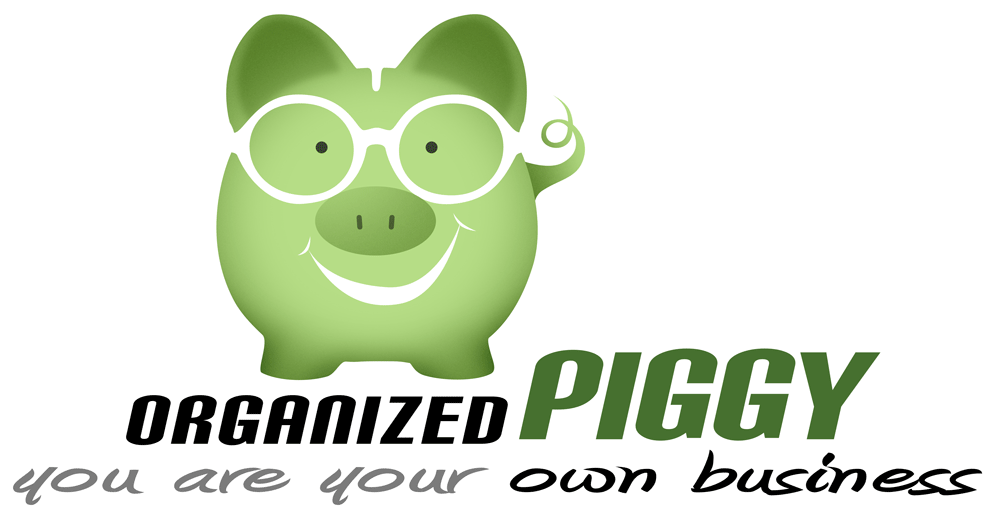Three Common QuickBooks Online Mistakes and How To Fix Them

QuickBooks is one of the most popular small business accounting software programs on the market. The online version is lauded for its ease of use, accessibility, and ability to integrate with hundreds of applications to streamline the workflow of your business. It doesn’t come without pitfalls, however. Some tasks are not intuitive or straightforward to the non-accountant user and mistakes can happen. Here are a few of the most common mistakes made with QuickBooks Online (QBO) and how to fix them.
Not Using the Transfer Transaction Option
In QBO, a transfer is considered money moving from one balance sheet account to another and has nothing to do with customers or vendors. A common example is making a business credit card payment with the business checking account. In this case, funds are being moved from an asset account to a liability account. Another example is transferring money from a checking account to a savings account, or perhaps a different checking account (e.g. one dedicated to payroll). This is moving money from an asset account to a different asset account. Many users mistakenly enter these transactions as either a check, bill, or expense, which should be used for recording vendor activity only.
These types of transactions are considered transfers in the QBO world. You can find “Transfer” on your Create dropdown (the + sign) under the heading “Other”. Once you select “Transfer”, it will take you to a screen where you input the date, dollar amount, and what two accounts are affected by the transaction. You also have the option to enter a description and attach documents supporting the entry.
Not Using the Undeposited Funds Account for Deposits
If you have deposits that are made up of more than one customer payment, recording them is a two-step process in QBO. Unfortunately, this fact is not obvious and many users improperly record deposits, making matching transactions to the bank feed practically impossible.
The goal is to create ONE transaction that will match what will show on your bank statement. It is possible to match a bank feed deposit to multiple entries, but it can get confusing and time-consuming.
The first step is to receive the customer payment in QBO. The part that gets missed is the “Deposit to” field. Usually, it defaults to the checking account. You don’t, however, want it to go there first because the payment got deposited with other payments. Instead, Undeposited Funds should be selected from the dropdown. This account is automatically set up when your QBO account is created so it should already be there for you to choose. Think of the Undeposited Funds account as a temporary holding tank. Once you receive all the payments that make up your deposit, all of them will be in the holding tank.
The second step is to choose “Bank Deposit” under the “Other” heading on your Create dropdown. Another window will pop open, showing a list of all customer payments you assigned to the Undeposited Funds account…it’s the holding tank! Check the boxes of the payments you’re depositing, verify the total at the bottom to make sure it matches what you’re depositing, and save. You now have one transaction recorded on the books that will match to your bank feed once it uploads.
Click HERE for a tutorial on how to use Undeposited Funds.
Not Reconciling Bank or Credit Card Accounts…Ever
When closing a month, the first thing most accountants and bookkeepers do is reconcile bank and credit card accounts. This ensures that all transactions have been entered and nothing has been double-entered. It’s also an opportunity to see if any transactions on the books, like checks, haven’t cleared the bank yet. The reconciliation process can also determine if there were any new transactions created that got improperly dated in a prior period.
Many non-accountant users underestimate the value of the reconciliation process or don’t even know it’s there. Having unreconciled accounts can lead to under- or overstated cash balances on your balance sheet. You won’t know how much money or debt you truly have, especially if there’s mistakes on the books.
The reconciliation option can be found by clicking the gear icon in the upper right corner of your screen. You will find “Reconcile” under the “Tools” heading. From there, you can select from a dropdown which account you want to reconcile. It will also show you prior reconciliations and any after-the-fact changes that may have been made to prior periods. If you maintain your books properly and keep your bank feed clean, the reconciliation process will take minutes. Taking those handful of minutes a month will prevent banking blunders from costing you hours’ worth of digging and research in the future and make finding mistakes a snap.
Click HERE for a tutorial on how to reconcile accounts.
